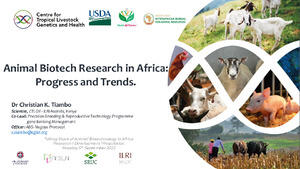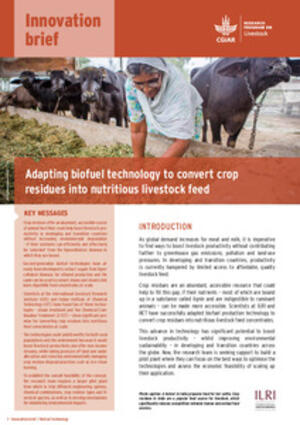
Effect of pond depth and lining plastic color on growth and nitrogen fixing capacity of the cyanobacteria, Anabaena sp. E3
Abstract
Cyanobacteria are a cheap source of nitrogen and quite suitable for farmers of developing countries. Although, they live in a diverse range of environments, different environmental variables influence their nitrogen fixing ability. Thus, this study evaluated the effect of pond depth and lining plastic colors on nitrogen fixing capacity of Anabaena species strain E3. Factorial combinations of four pond lining plastic colors and two depths were laid out in a complete randomized design with three replications. The ANOVA results revealed that the 20 cm depth pond had a higher mean growth rate (0.063 OD day-1), dissolved oxygen (17.63 mg L-1), dry biomass (0.58 g L-1) and total nitrogen (27.77 mg L-1) than the 40 cm depth. The highest mean growth rate (0.089 OD day-1), dissolved oxygen (19.07 mg L-1), dry biomass (0.66 g L-1) and total nitrogen (41.60 mg L-1) were registered in the treatment with a transparent lining plastic color. Moreover, it was noted that, the test strain under the treatment combinations of 20 cm depth and transparent plastic lining expressed the highest mean optical density (1.227), heterocyst frequency (2.92%) and pH (10.28). Therefore, for mass-production of E3-strain-based biofertilizer, the strain should be grown in ponds of 20 cm depth with transparent plastic.
Citation
Tsedeke, A., Degefu, T., Wolde-Meskel, E. and Davis, J. 2016. Effect of pond depth and lining plastic color on growth and nitrogen fixing capacity of the cyanobacteria, Anabaena sp. E3. African Journal of Biotechnology 15(27):1442-1451.










